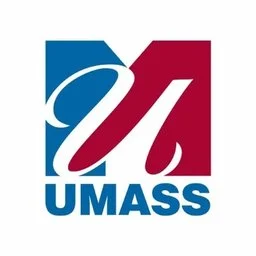Nurs 4020 Existing Organizational Resources That Could Be Leveraged To Improve a Safety Improvement Plan for Safe Medication Administration
Place Your Order NowNurs 4020 Existing Organizational Resources That Could Be Leveraged To Improve a Safety Improvement Plan for Safe Medication Administration
Organizational resources that can be leveraged to improve the safety improvement plan include human resources and technological advancements such as Telemedicine and the EHR. The human resource, including nurses, pharmacists, and physicians, can educate patients about their medications and teach them strategies to prevent medication errors at home (Kusch et al., 2018). Besides, the human resource can be encouraged to give evidence-based ideas to enhance the safety improvement plan further. In addition, technological advancements in the organization, such as Telemedicine, can facilitate patient education and follow-up to ensure they are taking the right medications at the correct dosages. The EHR can be used to provide patient data that will be entered into the BCMA database.
Conclusion
RCA helps identify what transpired, establish why the problem occurred, and embark on the necessary improvements and amendments. The purpose of the RTA was to identify the causes of MAEs, which nurses perpetrated in the unit. Factors associated with MAEs in the unit included inadequate knowledge of medications and drug administration protocol, nurse fatigue due to high work overload, insufficient time, distractions, and assumptions. The proposed safety improvement plan will include adopting BCMA technology and providing patient education to minimize medication errors at the hospital and at home.
References
Hong, J. Y., Ivory, C. H., VanHouten, C. B., Simpson, C. L., & Novak, L. L. (2021). Disappearing expertise in clinical automation: barcode medication administration and nurse autonomy. Journal of the American Medical Informatics Association, 28(2), 232-238. https://doi.org/10.1093/jamia/ocaa135
Kusch, M. K., Haefeli, W. E., & Seidling, H. M. (2018). How to meet patients’ individual needs for drug information – a scoping review. Patient preference and adherence, 12, 2339–2355. https://doi.org/10.2147/PPA.S173651
MacDowell, P., Cabri, A., & Davis, M. (2021). Medication administration errors. PSNet. https://psnet.ahrq.gov/primer/medication-administration-errors
Martin-Delgado, J., Martínez-García, A., Aranaz, J. M., Valencia-Martín, J. L., & Mira, J. J. (2020). How Much of Root Cause Analysis Translates into Improved Patient Safety: A Systematic Review. Medical Principles and practice: international journal of the Kuwait University, Health Science Centre, 29(6), 524–531. https://doi.org/10.1159/000508677
Naidu, M., & Alicia, Y. L. Y. (2019). Impact of barcode medication administration and electronic medication administration record system in clinical practice for an effective medication administration process. Health, 11(05), 511. https://doi.org/10.4236/health.2019.115044
Order Now






